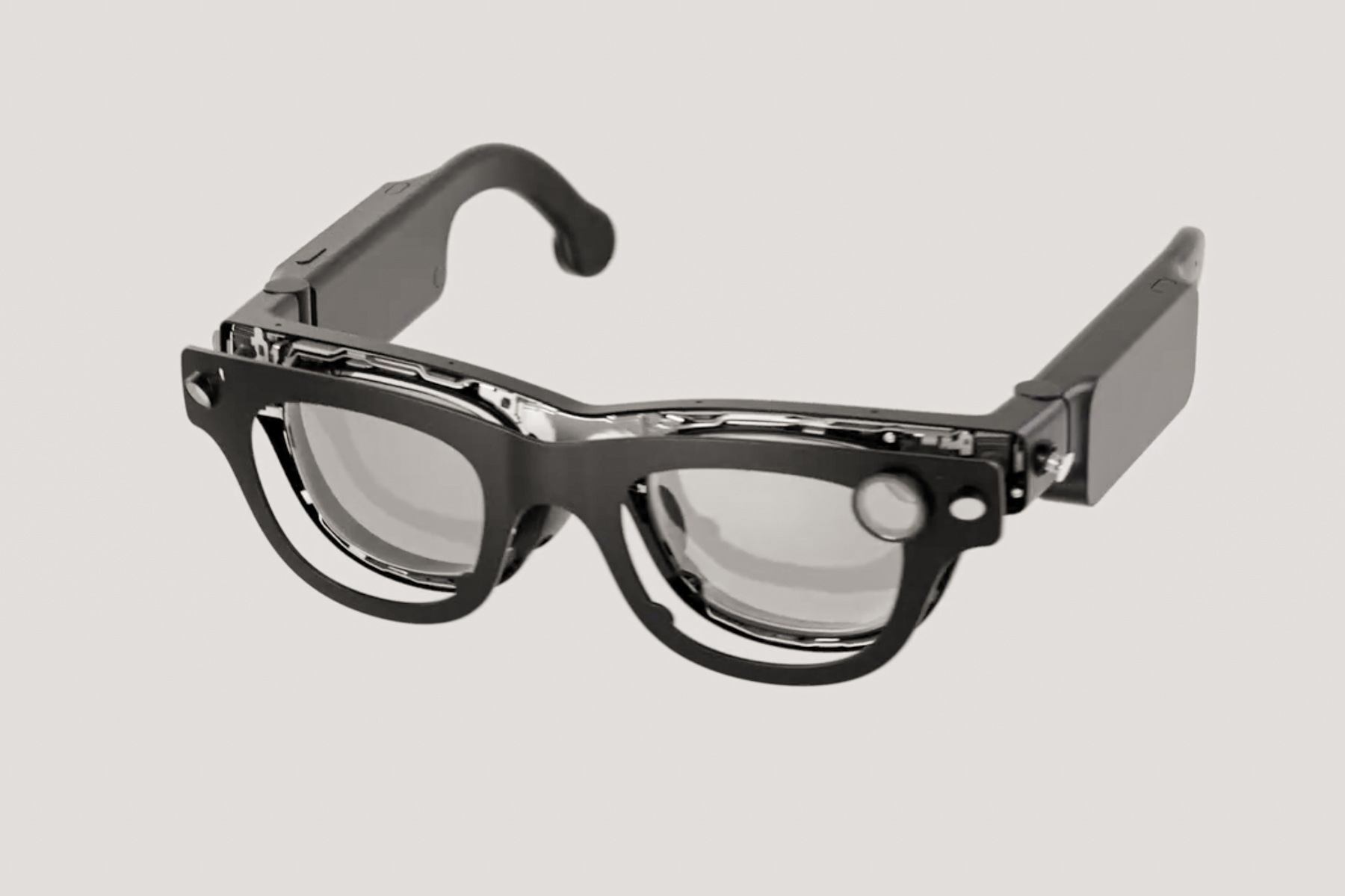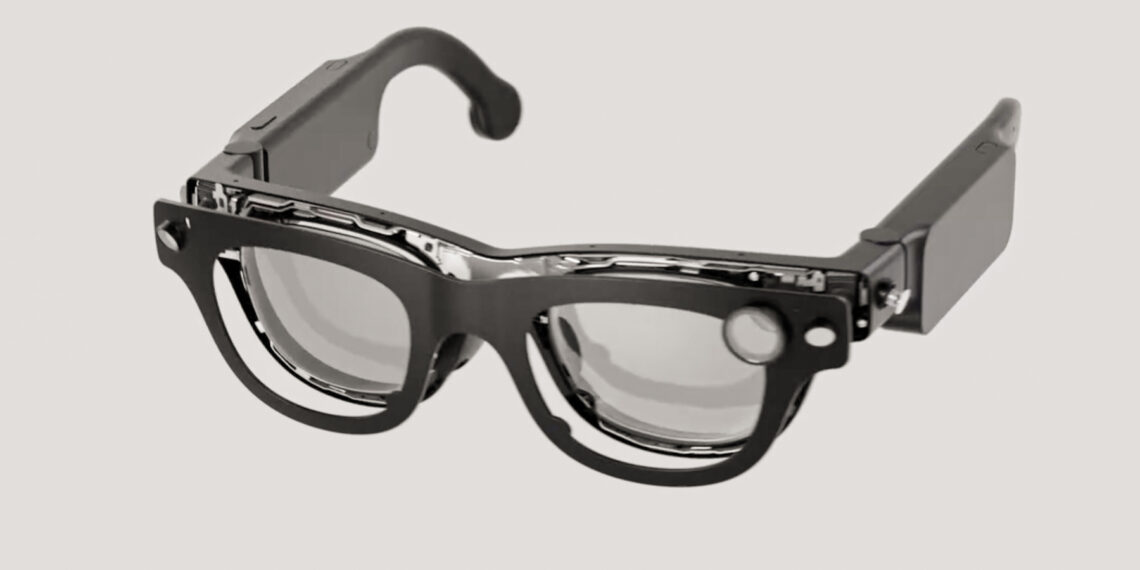Meta has achieved remarkable success with its Stories smart glasses developed in partnership with Ray-Ban. This innovative wearable, equipped with embedded cameras for capturing social media content and featuring an integrated AI assistant, has gained enough traction for Meta to even offer high-end fashion versions aimed at a luxury market.
However, one thing that has been notably absent is an interactive display. Moving forward, Meta seems set on adding a screen to these stylish smart glasses, enhancing their usability significantly. Unfortunately, this added functionality is expected to come at a high cost. According to Bloomberg, potential buyers should brace themselves for a price tag starting at $1,000, potentially reaching $1,300 to $1,400.
“Employees at Meta estimate that the device, currently code-named Hypernova, will retail for over $1,000,” the report states. The smart glasses are anticipated to launch by the end of 2025.

For context, most VR-ready smart glasses on the market typically retail around the $500 mark. Popular models include the Viture Pro, Xreal One, and Rokid Max, all of which provide high-resolution displays along with impressive spatial computing capabilities and appealing designs.
A stylish pirate eye-patch?
The current trend among VR smart glasses involves the inclusion of a display for each eye, usually located behind the lenses. Some models even feature adjustable focus for those who wear prescription glasses. However, Meta’s forthcoming smart glasses might adopt a more minimalistic design by only offering a display for the right eye.
According to Bloomberg, this approach will result in a monocular design, meaning the display will be placed in the lower right corner, allowing for clear vision through the left lens.

“This means that information will only be visible in the right eye, with optimal clarity when the wearer glances downward,” the report explains. This design choice allows users to maintain visibility of their surroundings through the left lens.
The Hypernova smart glasses will enable users to capture photos, watch videos, navigate maps, and receive notifications from apps like WhatsApp. The user interface will respond to gestures along the stems, incorporating swipes and taps for control.
Notably, Meta plans to include a wristband that allows users to interact with the interface using hand gestures, such as pinch-to-zoom and wrist rotations. This accessory is currently being developed under the codename “Ceres” and is expected to be part of the final product.
Powered by Qualcomm technology, these glasses are designed to run a specially adapted version of Android. Interestingly, Samsung is also planning to introduce Android-based smart glasses around the same time in 2025. Meanwhile, Meta continues to innovate, working on its ambitious Orion holographic glasses alongside the research-focused Aria Gen 2 AR glasses.






